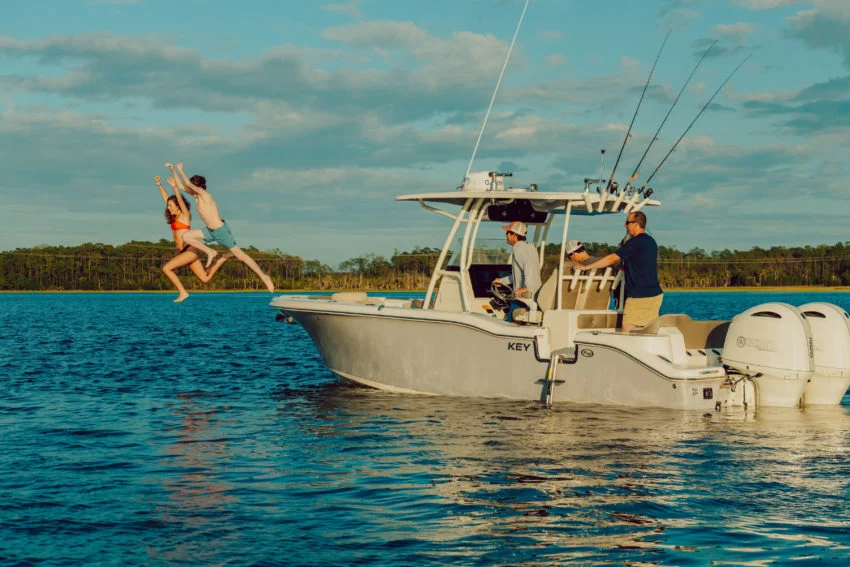Stone Crab Season Florida: Essential Guide for 2023
Stone crab season in Florida is an annual event eagerly awaited by both commercial fishermen and recreational crabbers alike. Beginning on October 15th and ending on May 1st, the season attracts thousands of harvesters to Florida's coastal waters, where these scrumptious crustaceans can be found in abundance. With its robust crab population, Florida provides an ideal environment in which both small-scale hobbyists and professional fishing operations can capitalize on the opportunity to catch these delicacies.
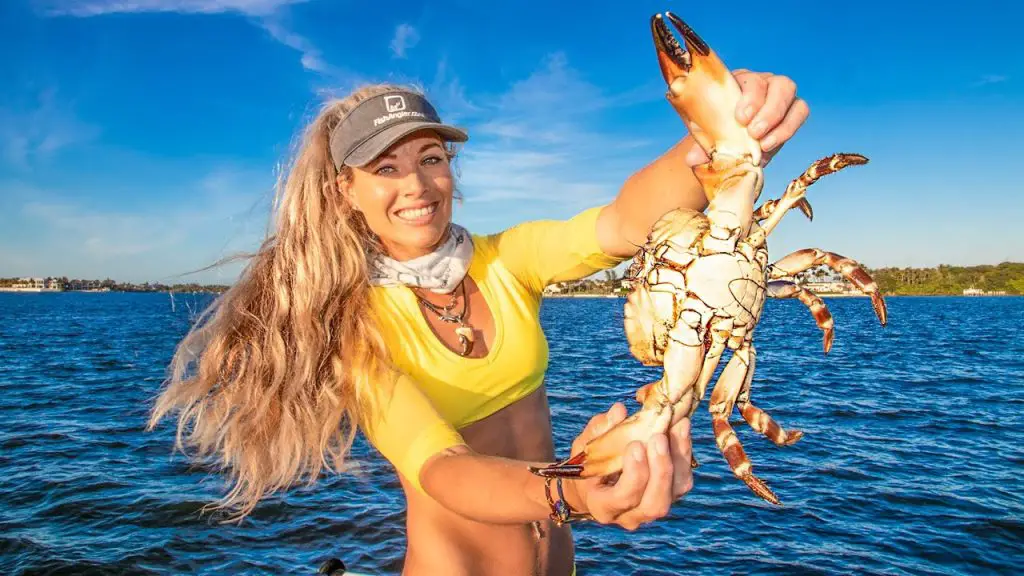
However, the stone crab season is not simply a free-for-all, as there are specific regulations and guidelines designed to protect the health and longevity of the crab population. It's essential for all interested parties to understand these rules, as well as equip themselves with the necessary licenses and equipment for proper stone crab harvesting. Adherence to these guidelines not only helps ensure a sustainable harvest from year to year, but also contributes to the overall health of Florida's aquatic ecosystems.
Key Takeaways
- Stone crab season lasts from October 15th to May 1st in Florida, drawing in commercial and recreational harvesters.
- Harvesters must adhere to regulations and obtain the necessary licenses to ensure sustainability and preserve the crab population.
- Awareness of proper harvesting techniques and respecting guidelines contribute to the health of Florida's aquatic ecosystems.
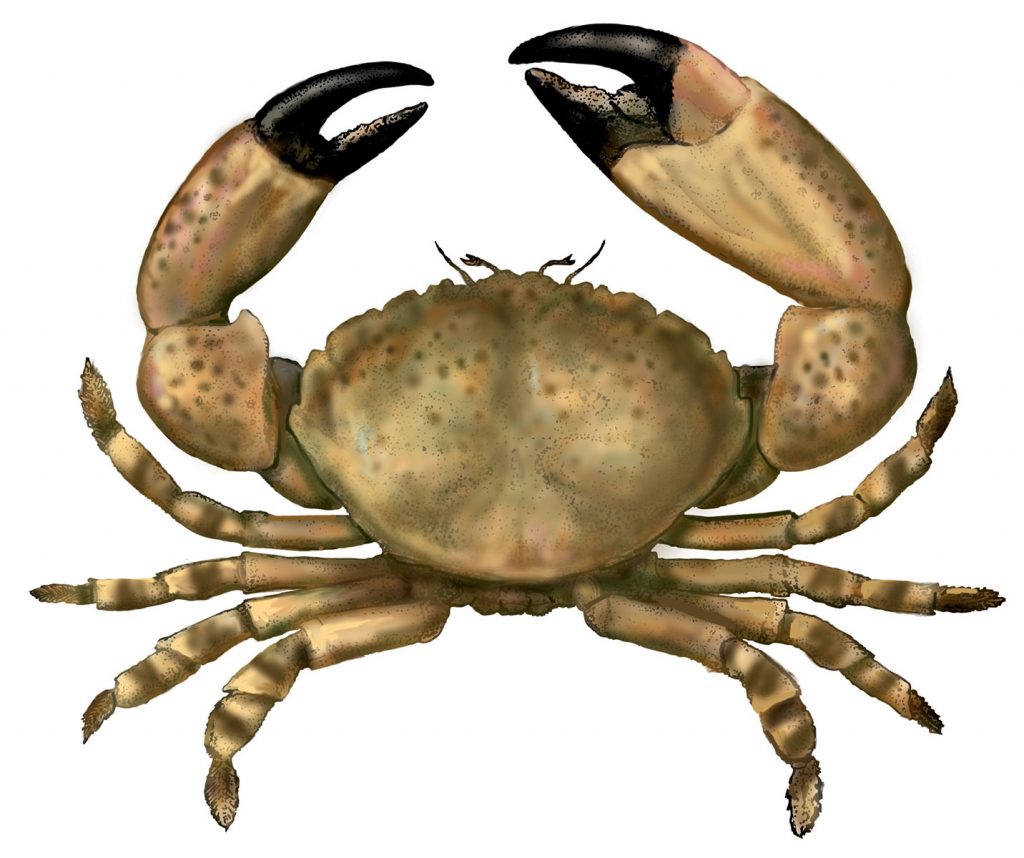
Understanding Stone Crab Season in Florida
Stone crab season is a highly anticipated time in Florida, as these marine crustaceans are a popular local delicacy. The Florida stone crab season occurs between October 15th and May 1st each year. This period coincides with the crabs' natural reproductive cycle, ensuring that the crab population remains stable and sustainable.
During the stone crab season, both recreational and commercial fishermen are allowed to harvest stone crab claws. Stone crabs are unique in their ability to regenerate their claws, making this practice not only sustainable but also environmentally friendly. When done correctly, it allows the stone crab population to thrive for generations to come.
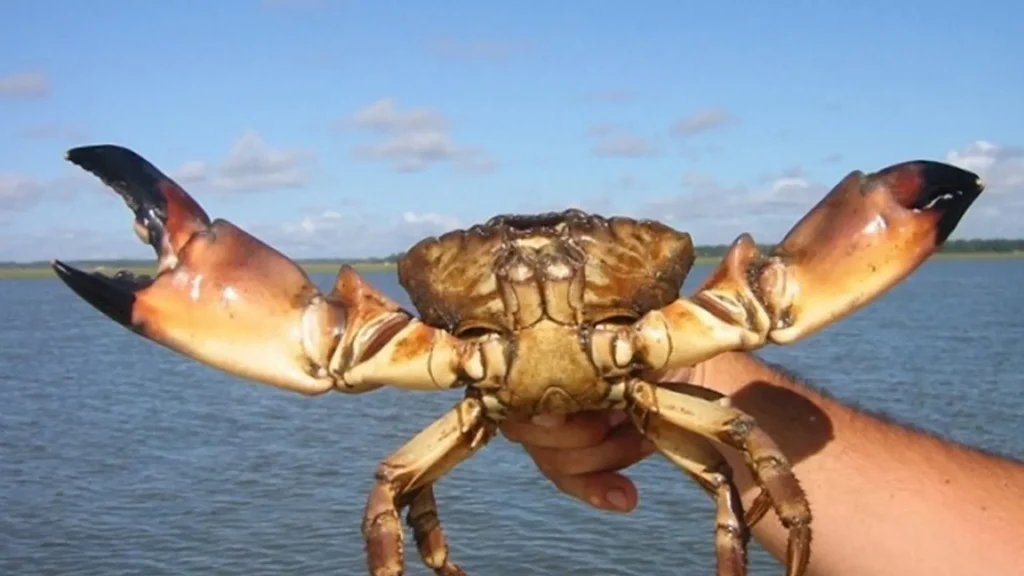
To participate in stone crab harvesting, individuals must possess a valid saltwater fishing license and adhere to specific regulations set by the Florida Fish and Wildlife Conservation Commission. These regulations include, but are not limited to, size limits and techniques for safely removing claws from the crabs. The legal gear for harvesting stone crabs includes using a stone crab trap (maximum 5 per person) or a dip or landing net.
The harvesting process involves only removing one or two of the larger claws and releasing the crab back into the ocean, unharmed. In doing so, the crab can regenerate its claws and contribute to the overall population. The claws that are harvested must meet specific minimum size requirements to ensure the long-term sustainability of the species.
In summary, the stone crab season in Florida is an important time for both recreational and commercial fishermen. By adheriing to the regulations and guidelines set by the state, the stone crab population can be conserved, allowing for this delicious treat to continue to be enjoyed in a sustainable manner.
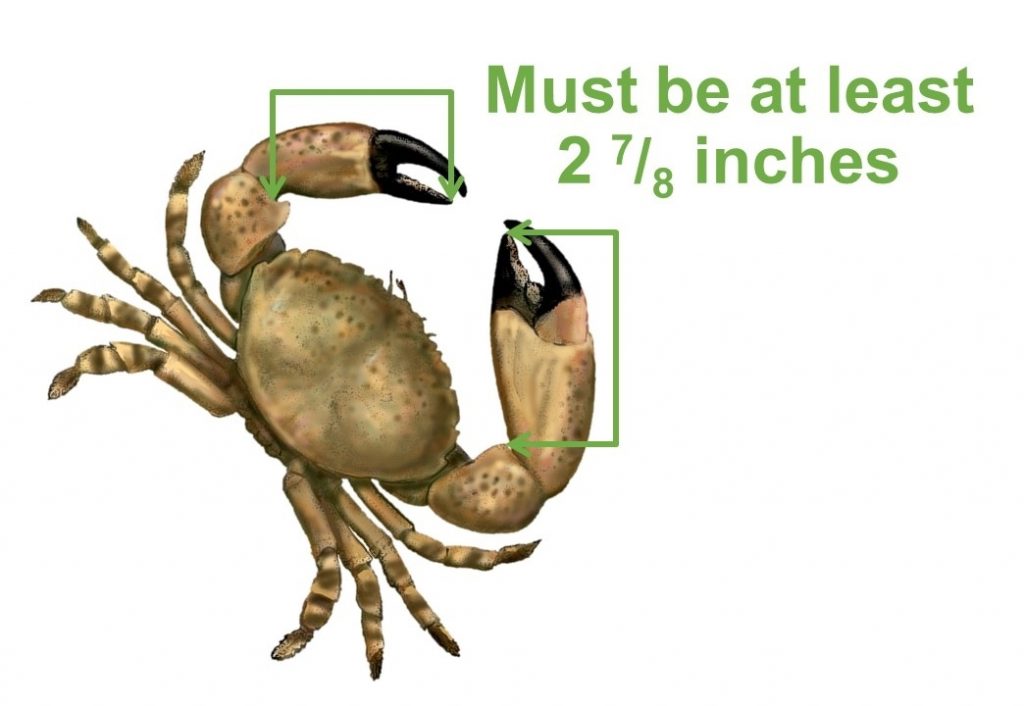
Commercial and Recreational Harvesting
In Florida, the stone crab harvest season is popular among both commercial and recreational fishers. The season begins on October 15 and remains open until May 1, providing ample opportunity for crabbers to collect their catch.
The stone crab industry is an essential contributor to Florida's economy due to the high demand and value of stone crab meat. Commercial fishers set up traps throughout the state's coastlines and bays to capture these crabs. Utilizing stone crab traps, they can harvest up to five traps per person as a legal gear requirement. However, it's essential to know that traps must only be tended to during the official season as stipulated by the Florida Fish and Wildlife Conservation Commission (FWC).
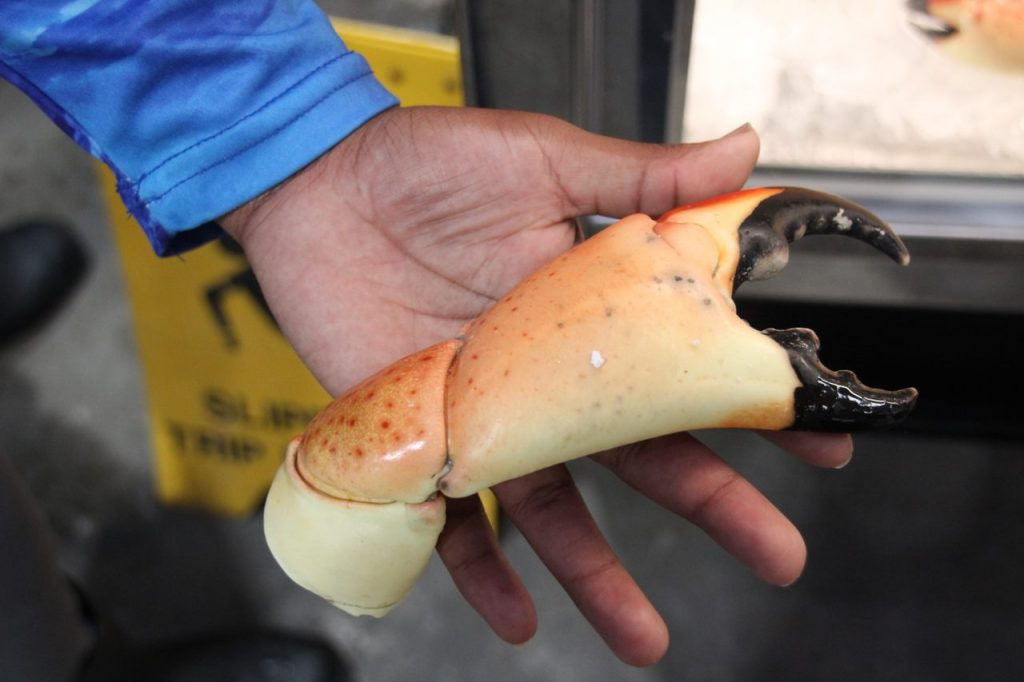
Meanwhile, recreational crabbers also engage in harvesting stone crabs during the season, following similar guidelines and practices. As a sustainable practice, only the claws of stone crabs are harvested, provided they meet the minimum size limit, with the rest of the crab being returned to the water. This allows the crabs to regenerate their claws and maintain a healthy population.
During the harvesting period, it is crucial for both recreational and commercial crabbers to adhere to regulations regarding the minimum size limit for claws and the specific areas where harvesting is allowed. By complying with these guidelines, fishers contribute to the sustainable management of the stone crab resource. The FWC plays a significant role in regulating and monitoring the industry, ensuring that Florida's stone crab fishery remains healthy and profitable.
In conclusion, the stone crab harvest season in Florida is a valuable time for both commercial and recreational fishers. Through regulated practices and sustainable harvesting methods, the industry can continue to thrive and contribute to the state's economy while preserving the species for future generations.

Types of Crabs and Their Sizes
Florida is home to the popular and delectable stone crab, which makes up 99% of all stone crab landings in the United States FWC. Stone crabs are primarily harvested for their claws, which come in various sizes depending on the individual crab. In this section, we will discuss the common sizes of stone crab claws and the minimum size limit required for harvesting.
Stone crab claws are typically categorized as large, jumbo, and colossal. A large claw usually measures around 3 to 3.5 inches in length and may weigh up to 4 ounces. These claws provide substantial meat and are are a popular choice for dining.
Jumbo claws are more substantial, measuring between 3.5 to 4 inches in length, and can weigh around 5 ounces. Jumbo claws are considered to be a delicacy, offering a substantial amount of succulent, tender meat for stone crab enthusiasts.
The largest of the three categories, colossal claws, can measure over 4 inches in length and weigh over 6 ounces. These massive claws are rarely found in the wild and are highly sought after for their abundant meat and impressive size.
When harvesting stone crab claws, there is a minimum size limit of 2 7/8 inches. This requirement ensures that fishermen do not harvest from juvenile crabs, allowing the crab population to mature and reproduce, thus maintaining a sustainable fishery.
It is important to note that only the claws are harvested while the crab is returned to the water, alive and able to regenerate the removed claw. Harvesting from egg-bearing females is prohibited, further protecting the stone crab population for future generations.
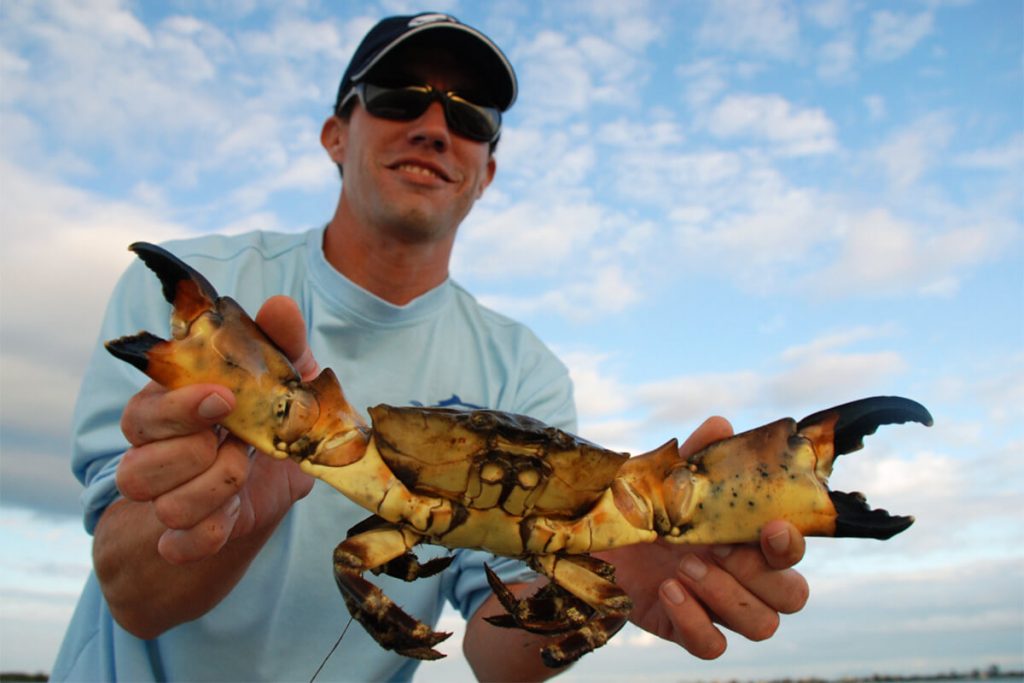
Regulations and Guidelines
The Florida Fish and Wildlife Conservation Commission (FWC) is responsible for implementing state regulations regarding the stone crab harvest in Florida. These regulations aim to ensure sustainable fishing practices and prevent overfishing while maintaining the health of the stone crab population.
Traps used for catching stone crabs are subject to specific requirements. These include maximum trap size, degradable panel, and unobstructed escape ring. The FWC mandates that all plastic and wood stone crab traps have a 2 3/16-inch escape ring before the start of the 2023/2024 season. This rule is intended to allow smaller crabs to escape, thus reducing pressure on the population.
Furthermore, round throats are prohibited to be used in stone crab traps. The use of round throats could potentially lead to the trapping of larger female crabs carrying eggs. The prohibition of traps with round throats is an essential regulation to protect the future generation of stone crabs.
The harvesting of egg-bearing crabs is strictly prohibited in Florida. This regulation aims to preserve the growth and sustainability of the stone crab population by ensuring that mature female crabs are able to reproduce undisturbed.
In addition to strict trap specifications, the FWC enforces a daily bag limit for recreational stone crab harvesting. Harvesters can take a maximum of 1 gallon of claws per person or 2 gallons per vessel, whichever is less. This guideline helps to ensure responsible fishing practices and discourages overfishing.
The stone crab season in Florida runs from October 15th to May 1st each year. This timeframe allows for a period of reprieve for the stone crab population, fostering a healthier environment and preventing depletion of the species.
By adhering to these regulations and guidelines established by the Florida Fish and Wildlife Conservation Commission, both recreational and commercial harvesters can contribute to the long-term sustainability and health of Florida's stone crab population.
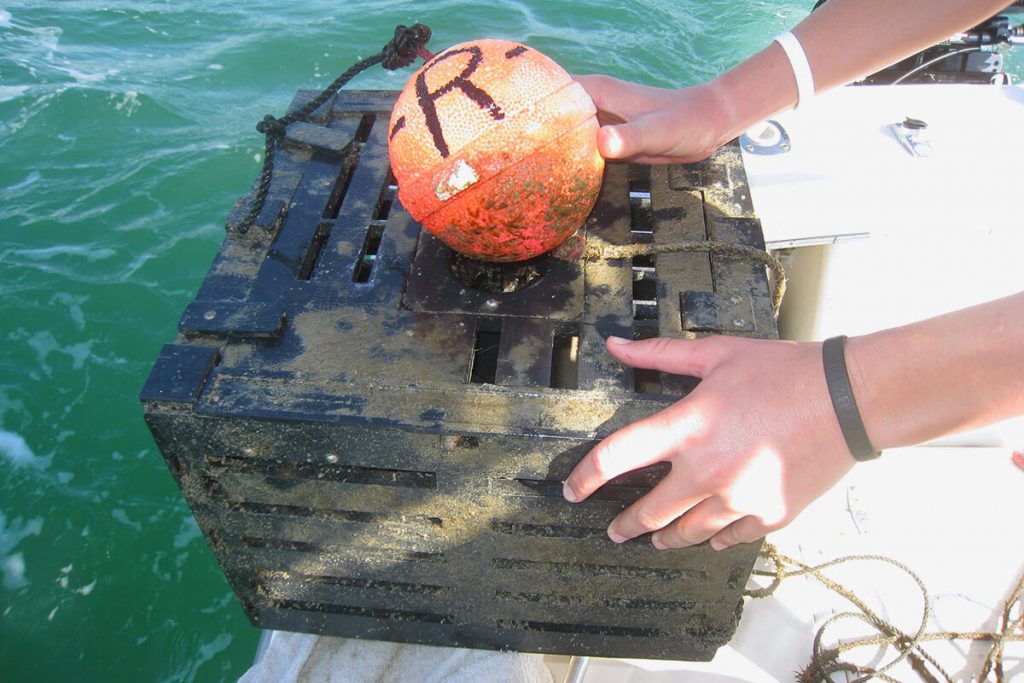
Stone Crab Traps
Stone crab traps are essential tools for both recreational and commercial stone crab harvesters in Florida. These traps are designed to catch stone crabs efficiently while minimizing any damage to the crab or its environment. There is a specific set of rules and regulations governing the use and construction of these traps to ensure sustainable and responsible harvesting practices.
Recreational stone crab traps are typically baited wire traps that have a few specific requirements. According to the Florida Fish and Wildlife Conservation Commission, a maximum of 5 traps per person are allowed, and they must have a unique trap registration number issued by the state. Obtaining a recreational stone crab trap registration is essential for ensuring compliance with regulations.
When constructing stone crab traps, specific materials and dimensions are required. Traps must be built using untreated pine slat, cypress, or plastic materials, which are biodegradable and less harmful to the environment. The trap dimensions should not exceed certain size restrictions, and escape rings should be installed to allow smaller crabs to exit the trap safely.
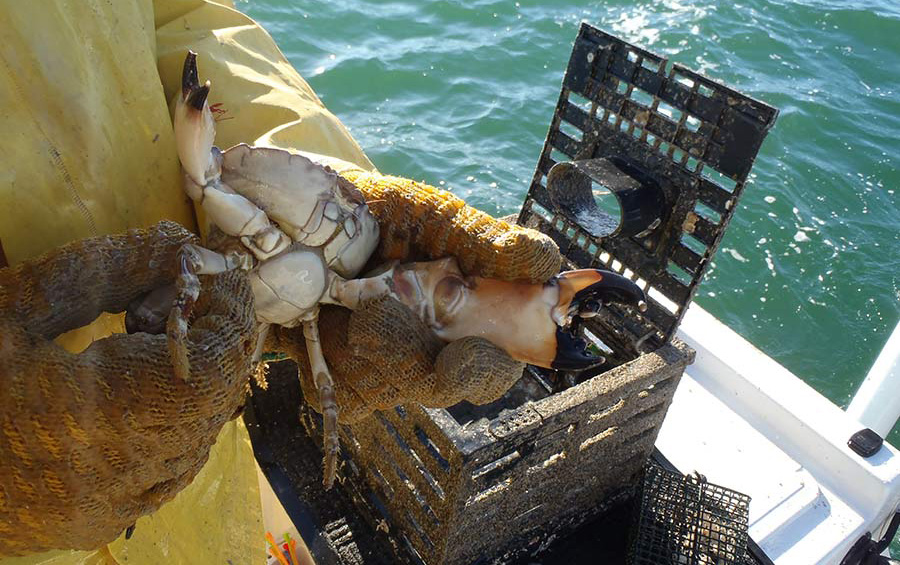
The entrance of the trap, also known as the "throat," is another important feature to consider. Round throats are recommended for stone crab traps as they facilitate easy entry for the crabs while preventing them from escaping. Trap entrance size and design play a crucial role in the efficiency and effectiveness of the trap.
In conclusion, the proper use and construction of stone crab traps significantly impact the success of recreational and commercial harvesters in Florida. Following regulations and guidelines for trap specifications and obtaining the necessary recreational stone crab trap registration ensures a sustainable and responsible harvest. By understanding the trap requirements and using the appropriate materials and designs, stone crab enthusiasts can enjoy the rich and flavorful stone crab meat while preserving the crab population for future generations.
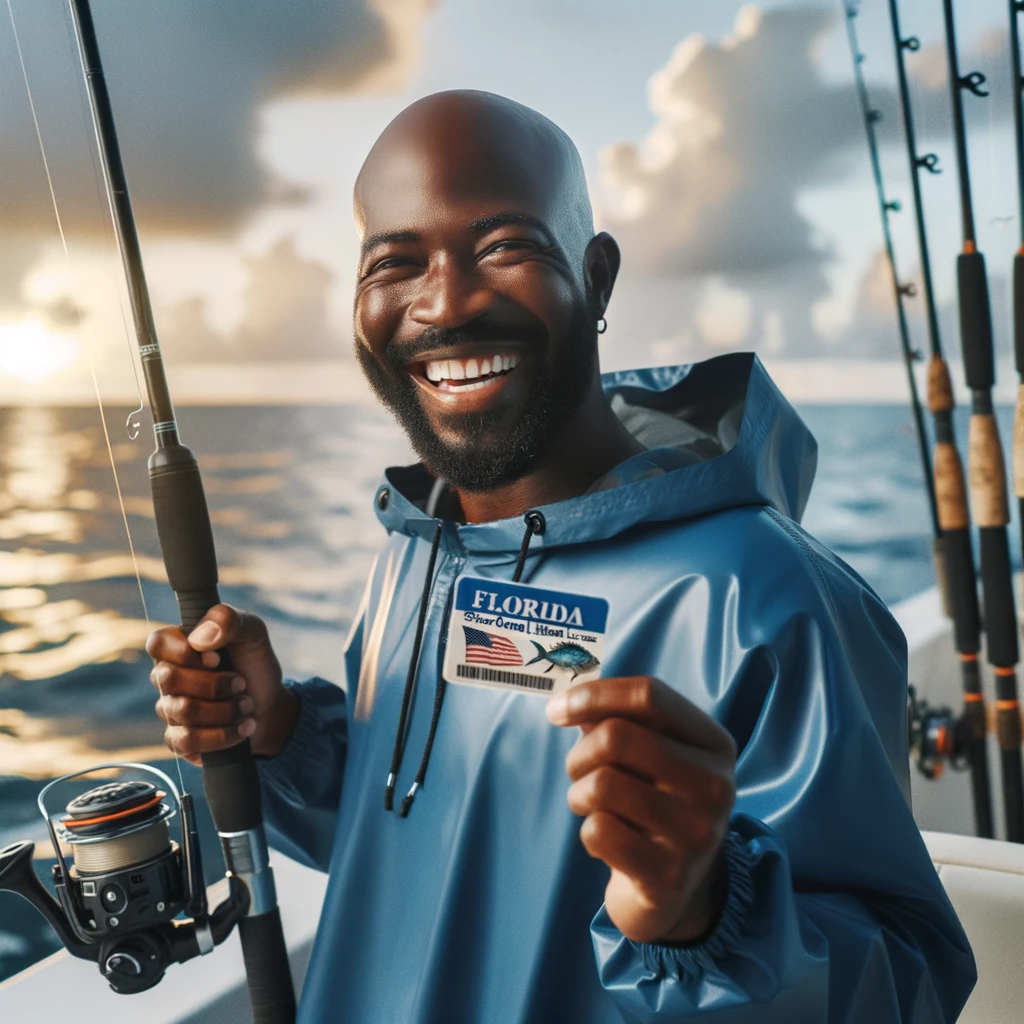
Licensing and Registration
Florida stone crab season is a time of excitement for both recreational and commercial fishers. To participate in this activity, certain licensing and registration requirements must be met.
Recreational fishers age 16 and older, including those who are normally exempt from needing a license, are required to complete an online, no-cost recreational stone and/or blue crab trap registration before using stone or blue crab traps. Upon completion of the registration, a unique recreational trap registration number is issued. This number must be visibly displayed on all stone crab traps used by the registered individual.
In addition to the recreational trap registration, anyone over the age of 16 must also have a saltwater fishing license to collect stone crabs. This can be obtained as an add-on feature to a traditional fishing license. It is crucial to ensure that the registration numbers are clearly marked on the traps, as this is a requirement for all fishers participating in the stone crab harvest.
For commercial fishers, obtaining a stone crab endorsement is mandatory. Sellers must satisfy requirements such as possessing a current Saltwater Products License (SPL), Restricted Species endorsement (RS), Stone Crab endorsement (X), and have paid all outstanding trap certificate fees, license fees, and surcharges or other charges owed to the Florida Fish and Wildlife Conservation Commission (FWC). Tags must be paid up through the fiscal year of the transfer.
In conclusion, it is essential for all fishers to comply with the licensing and registration requirements associated with the Florida stone crab season. This ensures that both recreational and commercial participants can enjoy a fruitful and rewarding stone crab harvest experience while abiding by the established regulations.
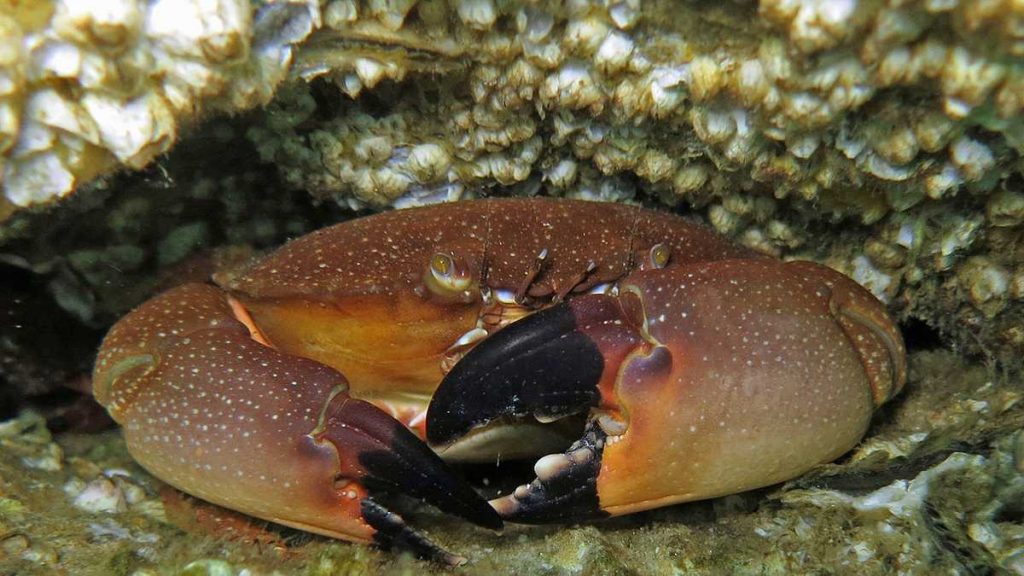
Preserving the Crab Population
Florida's stone crab industry is vital to the state's economy, and it is crucial to maintain the balance of marine ecosystems while ensuring a bountiful harvest for the future. One of the ways to achieve this balance is through sustainable fishing practices and following regulations set by the Florida Fish and Wildlife Conservation Commission (FWC).
The stone crab season in Florida runs from October 15 through May 1. During this time, there are strict regulations in place to protect the stone crab population, including size restrictions for legal harvest and limits on the number of claws that can be taken from each crab. Stone crab fishery is unique in that it is a "claw only" fishery, with only claws being harvested and the rest of the crab returned to the water to regenerate its claws.
To minimize the impact of overfishing, the FWC monitors the stone crab population through year-round studies and commercial fishing population monitoring. This data helps to establish effective management strategies and identify areas that require more focused conservation efforts. For instance, harvesters are prohibited from taking egg-bearing female crabs and both claws from a single crab if it would result in an unsustainable impact on the crab population.
The commitment to preserving the stone crab population is also reflected in the strict penalties for violating regulations. Harvesters who do not follow these guidelines are subject to fines and penalties as stipulated by the FWC. Education and outreach efforts also help to increase awareness among recreational and commercial fishers on the importance of adhering to these regulations for the conservation of this valuable natural resource.
By implementing sustainable fishing practices, following FWC regulations, and conducting ongoing research, Florida's stone crab population can be preserved and protected for generations to come. This approach ensures that the delicate balance in the marine ecosystem is maintained, and the continued enjoyment of stone crab dishes remains a cherished tradition.
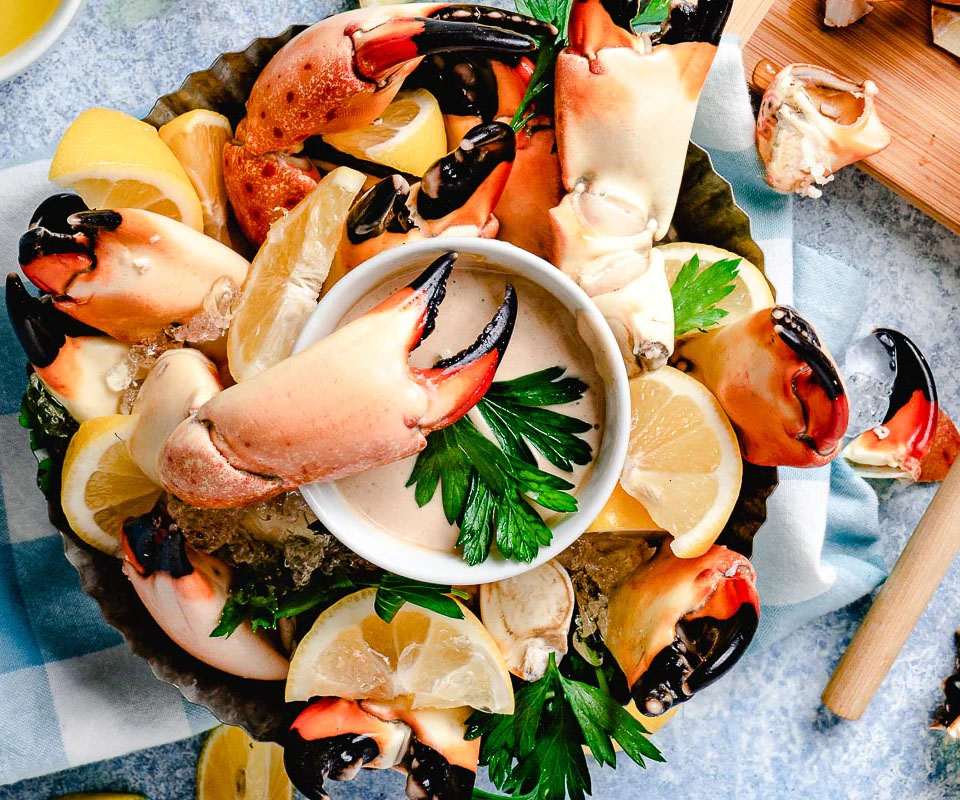
From the Ocean to the Restaurant
Florida stone crab season is a much-anticipated event for locals and tourists alike, with many eagerly waiting to relish the delicious claw meat. The season for these delectable crustaceans runs from October 15th to May 1st, with the period between mid-October and mid-December being the most active.
Certified fishermen capture stone crabs using specially designed traps. In a sustainable practice that ensures the species' survival for future generations, fishermen only remove a single claw from each crab and return them to the ocean. The crabs' remarkable regeneration abilities allow them to grow back their claws and become available for harvest again.
Once the claws are harvested, they make their way to seafood markets, restaurants, and wholesalers. Restaurants typically start serving stone crab claws on their menus by the day after the season's opening, ensuring the freshest seafood for their customers. The availability of fresh stone crab claws directly depends on the catches of each season, which can have an impact on market prices.
It is essential to know that Florida stone crab claws are often considered a luxury item due to their exceptional taste and the cost associated with their harvest. Consequently, their prices at both fish markets and seafood restaurants can be relatively expensive. However, the unique flavor profile and succulent claw meat make them a sought-after delicacy that many are willing to pay a premium for.
During the stone crab season, special events like the South Beach Seafood Festival take place, further showcasing the popularity of these crustaceans and attracting seafood enthusiasts from all over. The festival offers a perfect opportunity for attendees to sample some of the best stone crab dishes prepared by renowned culinary talent and discover the vibrant spirit of Miami's beachfront community.
In short, the journey of Florida stone crab claws from the ocean to the restaurant involves a delicate balance of sustainable harvesting, prompt distribution, and a keen focus on freshness. This delicate dance ensures diners can enjoy this delicious seafood delicacy throughout the season at its peak flavor.

Preparing and Serving Stone Crabs
Stone crabs are a delicacy in Florida, and they can be prepared and served in various ways to enhance their natural flavor. The process of preparing stone crabs involves gently removing the claws and cooking them, after which they can be served cold or warm with a selection of delicious side dishes and sauces.
One popular way to cook stone crabs is to steam them. Steaming preserves the delicate taste of the meat while ensuring that it remains tender and succulent. To steam stone crabs, simply place the claws in a steaming basket over boiling water and cover the pot. Cook the claws for about 9-10 minutes, and then remove them from the heat and let them cool.
When serving stone crabs, many people prefer to enjoy the dish cold, which allows the flavors to really shine. Once the crab claws have cooled, they can be served on a bed of ice, making for an elegant and refreshing presentation. Alternatively, if you prefer to serve the stone crabs warm, you can reheat the steamed claws in a low oven or steamer for a few minutes.
To elevate the stone crab dining experience, a dipping sauce, such as melted butter or mustard sauce, is a fantastic accompaniment. Melted butter is a classic choice, giving the crabmeat a rich, smooth texture when dipped. For a more flavorful and zesty option, the mustard sauce lends a unique tangy flavor to the meat.
As with any dish, pairing stone crabs with suitable side dishes is crucial in rounding out the meal. One delightful option is sweet potato fries, which add a touch of sweetness that beautifully complements the crab's natural taste. Crunchy and tasty, sweet potato fries are a versatile side dish that can be seasoned with a variety of spices or simply enjoyed on their own.
In conclusion, whether served cold or steamed, stone crabs are a Florida favorite, and they can be expertly paired with melted butter, mustard sauce, or mustard dipping sauce. By accompanying the claws with satisfying side dishes such as sweet potato fries, you can create a memorable dining experience that showcases the best of Florida's stone crab season.

Impact of Pandemic on Crabbing Industry
The pandemic has affected several industries worldwide, and the stone crab industry in Florida is no exception. Due to lockdowns and social distancing measures, the demand for stone crabs at restaurants and seafood markets saw a significant decline. This led to a challenging time for fishermen and suppliers, as they faced both logistical and financial difficulties during the pandemic.
During these challenging times, the fishery industry had to adapt to the new normal. Many businesses shifted their focus to local markets and online sales to keep up with the changing consumption patterns. This allowed them to continue operating, although on a smaller scale compared to pre-pandemic times.
Moreover, research on stone crab populations continued to ensure the availability of the delicacy for years to come. Researchers found that crab trap usage might not be a significant concern for the sustainability of stone crab populations, allowing for conservation efforts to be more effectively directed1.
On the other hand, the pandemic provided an opportunity for the crabbing industry and its stakeholders to reassess and address sustainability concerns. Florida Fish and Wildlife Conservation Commission held virtual meetings and subsequently made adjustments to the stone crab season, balancing the needs of the industry with the ecological impact2.
In conclusion, the pandemic impacted Florida's crabbing industry, forcing it to adapt to new market conditions, while at the same time, providing opportunities to focus on long-term sustainability and conservation efforts.

Crabbing in South Florida
Stone crab season in South Florida is an exciting time for seafood lovers, as it brings the opportunity to savor fresh and succulent claws. The season runs from October 15 to May 1, with traps allowed to be placed in the water 10 days prior to the start of the season. However, it is essential to adhere to the guidelines set forth by the Florida Fish and Wildlife Conservation Commission.
During this time, fishermen and enthusiasts take to the coastal waters to harvest these delicious crustaceans, using stone crab traps and dip or landing nets. The regulations impose a maximum limit of 5 traps per person, and the minimum size for legal harvest is 2 7/8 inches for claws. Harvesting the whole crab is prohibited; only claws may be harvested, and it is crucial to ensure their sustainability.
For recreational crabbers, the daily bag limit is 1 gallon of claws per person or 2 gallons per vessel, whichever is less. Following these regulations not only guarantees the conservation of the stone crab population but also helps to support a thriving seafood industry in South Florida.
As the season progresses, stone crab claws land on menus in restaurants, fish markets, and wholesalers across the region. Miami, in particular, is home to a variety of establishments offering these coveted delicacies. From family-run fish markets in operation since the 1940s to upscale seafood restaurants, there is no shortage of options for those looking to indulge in this seasonal treat.
In summary, stone crab season in South Florida is a time of excitement and anticipation for both fishermen and foodies alike. With an abundance of fresh, delectable seafood on offer, it is a culinary experience not to be missed.
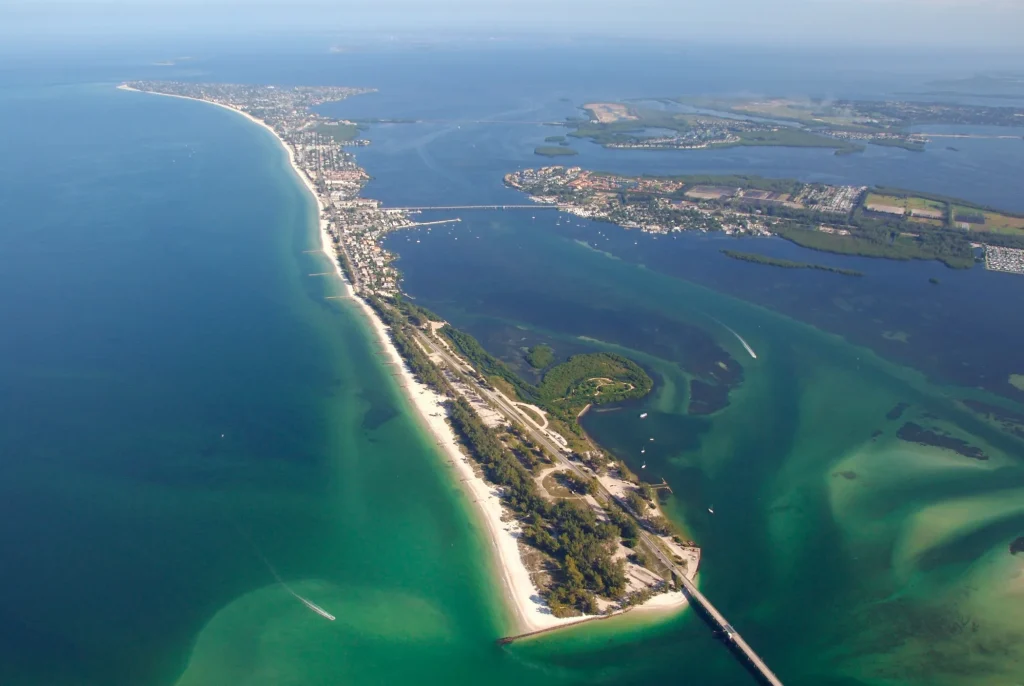
Environment and Wildlife Preservation
Stone crab season in Florida is an important period for both the local economy and the delicate balance of marine ecosystems. With the season running from October 15 to May 1, it's crucial to ensure sustainable practices are employed to minimize the impact on the wildlife and the surrounding environment.
One significant advantage of stone crab harvesting is their ability to shed and regrow their claws. This natural defense mechanism allows crabs to be harvested without killing them, as fishermen only remove the claws and return the crab to the ocean. If done responsibly, this practice contributes to the sustainability of the stone crab population and helps preserve Florida's marine life. However, there are risks involved, such as injuries to the crabs during the harvesting process, which can lead to a decline in the overall population if not managed carefully.
To combat the potential negative effects and preserve the delicate marine ecosystem, the Florida Fish and Wildlife Conservation Commission (FWC) has implemented new regulations for stone crab harvesting. These include an increase in the minimum claw size limit to 2 7/8 inches and the requirement of an unobstructed escape ring 2 3/16 inches in diameter for all recreational and commercial plastic or wood stone crab traps before the start of the 2023/2024 season. These measures aim to protect juvenile stone crabs, allowing them to grow and mature before being harvested.
Moreover, the FWC has shortened the stone crab season by moving the end date from May 15 to May 1. This reduces the period of potential disruptive activity in the marine ecosystem, providing additional time for stone crab populations to recover and promote a healthier environment for other wildlife species.
In conclusion, the measures established by the FWC are essential for preserving the environment and ensuring the long-term stability of Florida's stone crab population and other marine life. Adhering to these regulations benefits not only the stone crabs themselves but also the entire ecosystem and the many people who rely on a thriving environment to make their living.
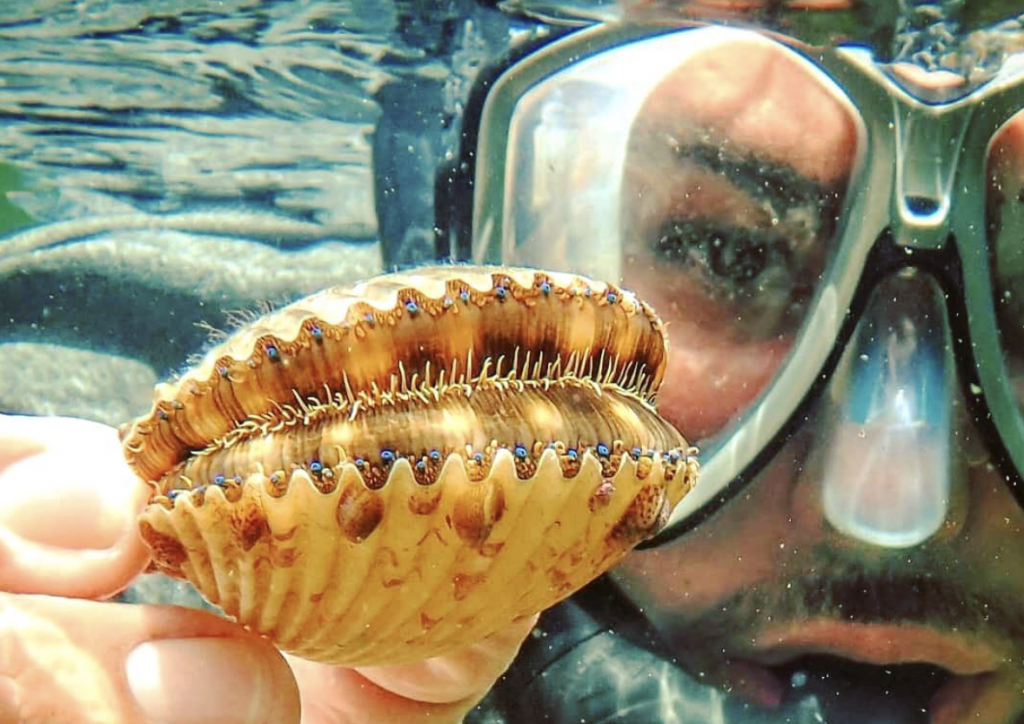
Recreational Seafood Harvest
Recreational stone crab harvest in Florida is a popular activity for both locals and tourists alike. The stone crab season starts on October 15 and remains open until May 1, providing ample opportunities for enthusiasts to catch and enjoy these delicious crustaceans 1.
To ensure sustainability and protect the stone crab population, the Florida Fish and Wildlife Conservation Commission (FWC) has set specific regulations in place. The minimum claw size limit is 2 7/8 inches, and harvesters are allowed to collect only claws, not whole crabs 1. Additionally, it is prohibited to harvest from egg-bearing crabs 1.
Recreational harvesters are subject to a daily bag limit of 1 gallon of claws per person or 2 gallons per vessel, whichever is less 1. Before setting traps, be aware that they may only be placed in the water 10 days prior to the opening of the season 1. Adherence to these regulations helps preserve the stone crab population and ensures a successful harvest for everyone.
As a recreational harvester, it's essential to be aware of upcoming changes to regulations. The FWC has announced that all plastic and wood stone crab traps will need to be outfitted with a 2 3/16-inch escape ring before the 2023/2024 season 3. This addition to the traps allows smaller crabs to escape, ensuring that only those meeting the minimum size limit are harvested.
Taking the time to learn about and follow these rules not only leads to a more productive and enjoyable stone crab harvesting experience, it also helps safeguard this unique and cherished Florida resource.

Frequently Asked Questions
When does the stone crab season start and end in Florida?
The stone crab season in Florida starts on October 15th and ends on May 1st, according to the Florida Fish and Wildlife Conservation Commission.
What are the regulations for trapping stone crabs commercially?
Commercial stone crab trapping is regulated by the Florida Fish and Wildlife Conservation Commission. The minimum claw size limit is 2 7/8 inches. All plastic and wood stone crab traps need to be outfitted with a 2 3/16-inch escape ring.
What is the best time to dine on stone crab in Florida?
The best time to enjoy stone crab in Florida is during the crab season, which is between October and May. Freshly harvested claws are abundant and at their most delicious during this time.
Where can I find the best stone crab restaurants in Florida?
Some of the best places to dine on stone crabs can be found in major cities like Miami, Fort Lauderdale, and Tampa. Key West is another popular location famous for its stone crab dishes. It is advisable to look for restaurants with fresh seafood options for the best stone crab experience.
What is the current market price for stone crabs?
The market price for stone crabs varies depending on the time of the year and availability. It is recommended to check with local seafood markets and restaurants for the most up-to-date pricing.
What type of traps are commonly used in stone crab fishing?
Commercial and recreational fishers use specially designed traps to catch stone crabs without harming them. Recreational stone and/or blue crab traps are regulated by the Florida Fish and Wildlife Conservation Commission and must be registered online before use. These traps often have an entry cone and an escape ring to allow smaller crabs to exit the trap, ensuring only mature crabs are caught.
Footnotes
- Research helps keep stone crab on your plate for years to come ↩ ↩2 ↩3 ↩4 ↩5 ↩6
- Florida Cuts Stone Crab Season By Two Weeks, After Proposing A Five Week Cut ↩
- https://myfwc.com/news/all-news/stone-crab-1021/ ↩
Charlie is Editor-in-Chief of Sea Magazine







